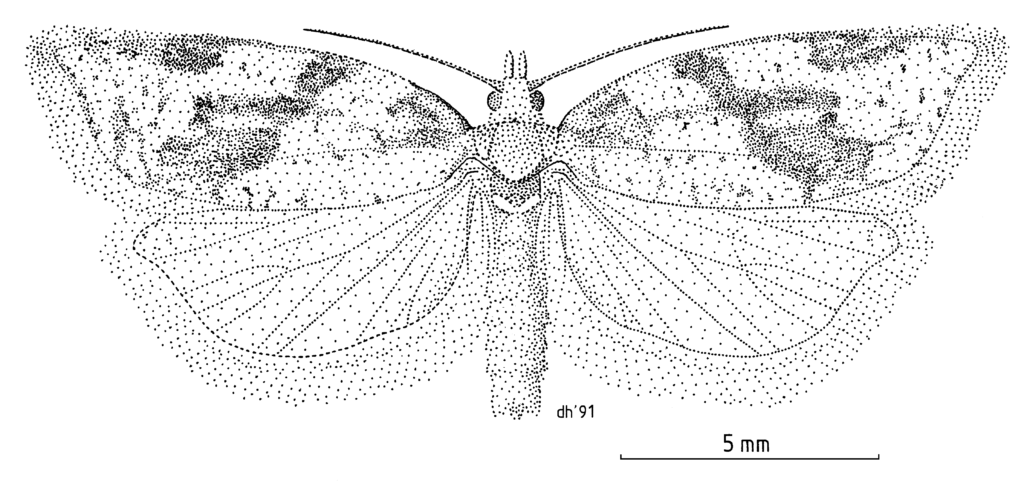In the vast realm of artistic expression, there exist countless techniques and styles that continue to captivate and inspire audiences. One such technique that has gained prominence and appreciation in recent years is dot drawing. Often confused with its distant relative, dot-to-dot, dot drawing is an intricate and captivating art form that relies on precision, patience, and a keen eye for detail.

Understanding Dot Drawing
Dot drawing, also known as stippling, is a unique form of art that involves creating images through the strategic placement of individual dots. These dots can vary in size, density, and even color, allowing artists to craft intricate and mesmerizing visuals. Unlike traditional forms of drawing where lines and shading are the primary tools, dot drawing relies solely on the arrangement of dots to convey depth, texture, and form.
The process of creating a dot drawing is a meticulous one. Artists must exercise patience and a steady hand as they gradually add one dot after another, building up the image piece by piece. The result is often a stunning display of intricate patterns and textures that come together to form a larger, cohesive whole.
The Intricacies of Dot Drawing
Dot drawing is a technique that dates back centuries, with early examples found in various cultures around the world. In some cases, it has been used as a method for reproducing images or illustrations in print media before the advent of modern printing technology. However, dot drawing’s true potential as a standalone art form has only been fully realized in recent times.
One of the most remarkable aspects of dot drawing is its versatility. Artists who specialize in this technique can create a wide range of subjects, from portraits and landscapes to abstract designs and intricate patterns. The ability to convey light, shadow, and texture using only dots is a testament to the skill and creativity of dot drawing practitioners.
Diverging from Dot-to-Dot
It’s essential to clarify that dot drawing should not be confused with the childhood activity known as dot-to-dot. While both techniques involve dots, their purposes and outcomes are vastly different.
Dot-to-dot is a recreational pastime often aimed at children, where a sequence of numbered dots are connected to reveal a hidden picture. This activity primarily serves as a fun and educational exercise, helping children develop hand-eye coordination and numerical skills. In contrast, dot drawing is a sophisticated and intricate art form that requires a deep understanding of composition, shading, and artistic expression.

Tools of the Trade
Mastering the art of dot drawing requires more than just skill; it also demands the right tools. The primary tool of a dot drawing artist is, unsurprisingly, the dot itself. These dots can be created using various instruments, including pens, markers, and even the traditional dip pen.
Ink is a popular medium for dot drawing due to its precision and permanence. Artists often prefer fine-tipped pens that allow for consistent dot placement and control. The choice of ink color adds an additional layer of complexity to the artwork, enabling artists to create subtle variations in tone and mood.

For those who prefer a more tactile experience, acrylic paints can also be used for dot drawing. The texture of the paint and the ability to layer dots in three dimensions adds an extra dimension to the artwork. However, this technique requires a steady hand and an in-depth understanding of how acrylic paints behave.
The Creative Process
The creative process of dot drawing is a deeply immersive and contemplative experience. Artists often begin with a rough outline of their subject, carefully planning the arrangement of dots to convey the desired composition. As the drawing progresses, layers upon layers of dots are added, each contributing to the overall image.
Patience is a virtue in dot drawing, as completing a single piece can take a substantial amount of time. The repetitive nature of adding dots requires unwavering focus and dedication. Yet, it is precisely this meditative quality that draws many artists to the technique. Dot drawing provides a respite from the fast-paced world, allowing artists to lose themselves in the gradual emergence of a mesmerizing artwork.
Expressing Depth and Texture
One of the most remarkable feats accomplished by dot drawing is the portrayal of depth and texture. Through variations in dot density and placement, artists can create the illusion of three-dimensionality on a two-dimensional surface. This mastery of visual perception is what sets dot drawing apart as a sophisticated art form.
To achieve the effects of shading and depth, dot drawing artists strategically place dots closer together in areas that require darkness or shadow. Conversely, areas that are meant to be highlighted or illuminated are adorned with sparser and smaller dots. This meticulous manipulation of dot density is a delicate dance that requires a keen understanding of light and form.

The Allure of Dot Drawing
Dot drawing has captured the imagination of both artists and art enthusiasts for several reasons. Its unique and intricate nature challenges artists to push the boundaries of their creativity and technical skill. The process of building an image dot by dot is not only rewarding but also deeply meditative, offering practitioners a form of artistic therapy.
From an observer’s perspective, dot drawings possess an enchanting quality that beckons viewers to explore every minute detail. The intricate patterns created by the arrangement of dots invite closer inspection, revealing hidden nuances and textures that come alive upon closer examination. The allure of dot drawing lies not only in the finished artwork but also in the journey of creating it.
Contemporary Dot Drawing Artists
The resurgence of interest in traditional and intricate art forms has led to a growing community of dot drawing artists. These modern practitioners continue to push the boundaries of the technique, experimenting with different tools, styles, and subjects.
One such artist is Jane Mitchell, whose dot drawings often feature intricate botanical designs. Her use of color and dot placement creates a sense of depth that draws viewers into a world of mesmerizing patterns and textures. Another notable figure is David Wilson, who specializes in portraiture through dot drawing. Wilson’s ability to capture the subtle nuances of facial features using only dots is a testament to the technique’s versatility.
Embracing the Dots
In a world saturated with digital imagery and instant gratification, dot drawing stands as a testament to the timeless allure of traditional artistic techniques. Its meticulous and patient approach to image-making forces both artists and viewers to slow down and appreciate the beauty that emerges from countless individual dots.
As you delve into the world of dot drawing, remember that it is a complex and sophisticated art form that transcends the simplicity of dot-to-dot activities. It is an immersive journey that challenges artists to wield dots as instruments of expression, creating stunning visuals that invite us to explore, engage, and appreciate the intricate beauty of the world around us. So, the next time you come across a dot drawing, take a moment to embrace the dots and immerse yourself in the captivating world they unveil.